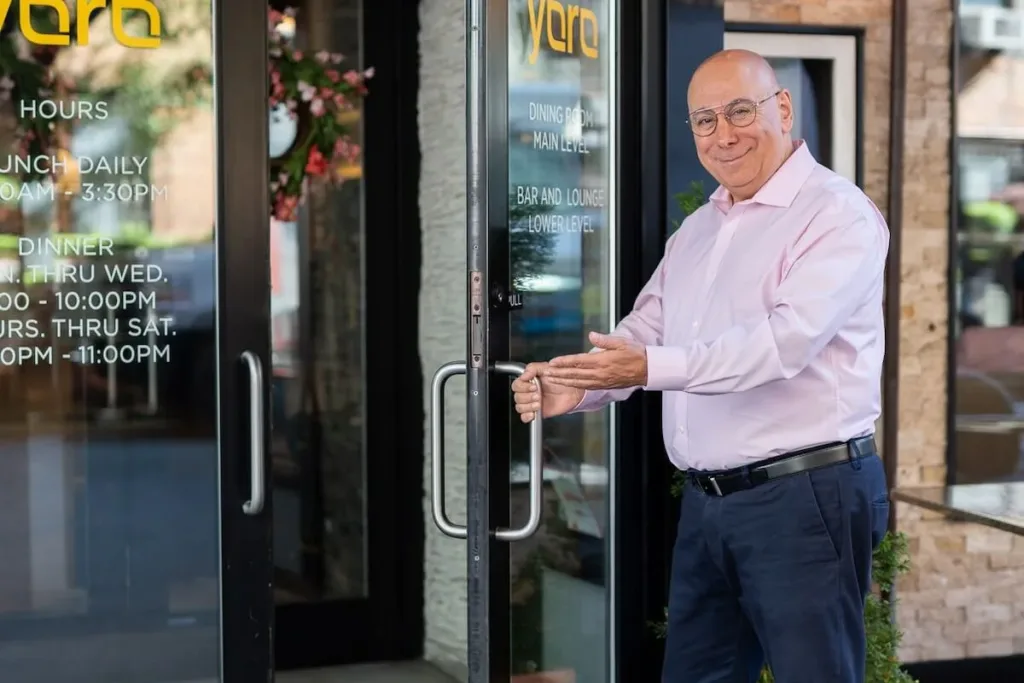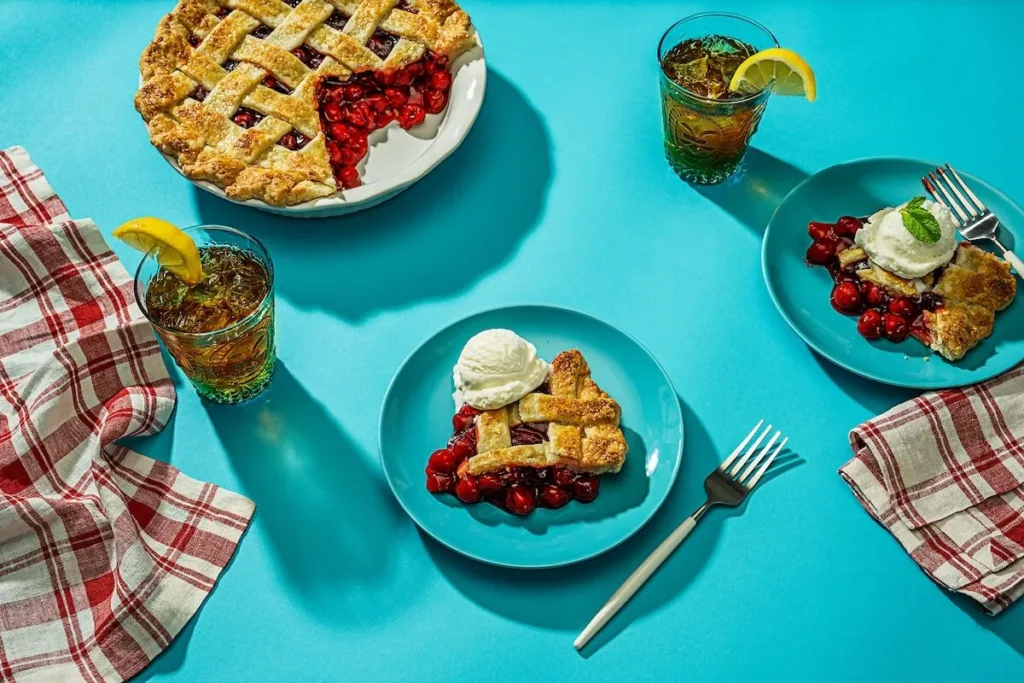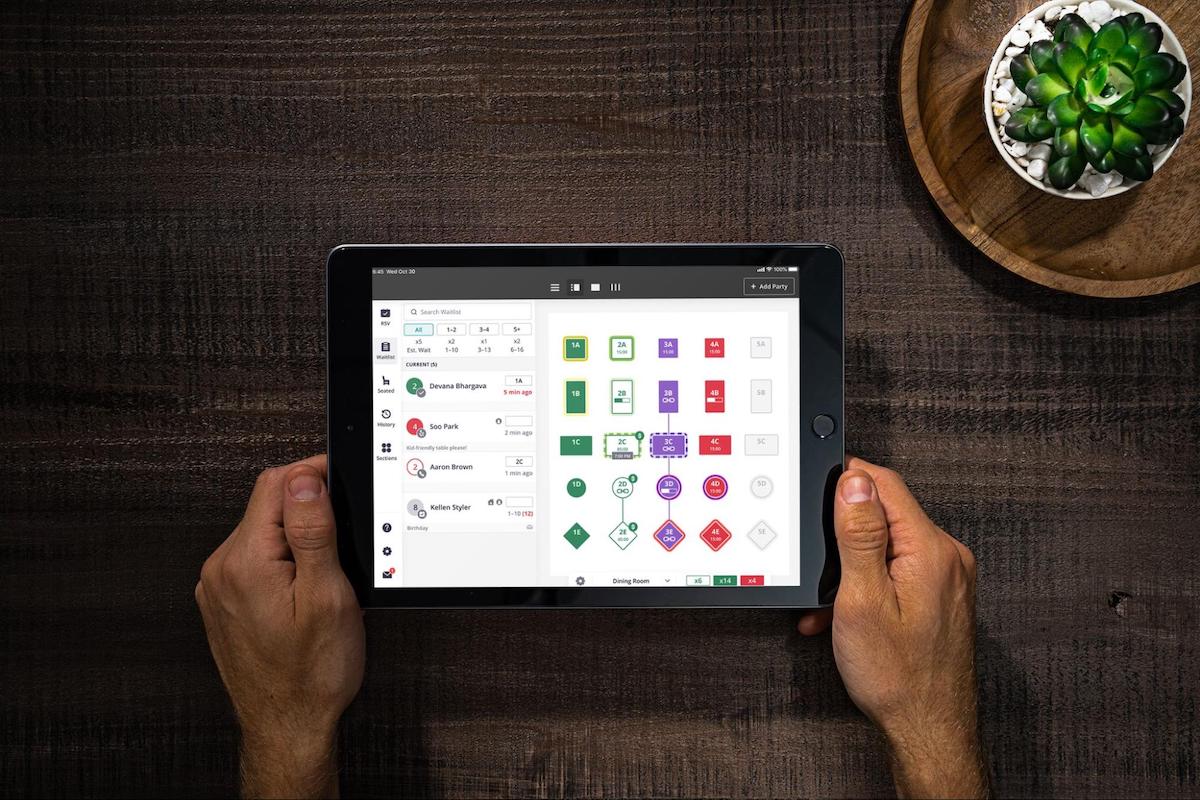Soft opening tips for a smooth restaurant launch
Skip the article and turn takeaways into action by scheduling a call with our team.
The grand opening of a new restaurant is a momentous event in a restaurateur’s life. But sometimes, restaurateurs need to start with something a bit less grand. This is where a soft opening comes in.
A soft opening or soft launch is different from the official opening. Done right, it can help a new establishment work out some kinks in their operation, receive constructive feedback, and get ready for the real deal.
So, what is a soft opening, you ask? When is it appropriate? And what makes for a successful soft opening? As a former pub owner who’s been through a soft opening and a great restaurant run, I’m here to help.
What is a soft opening?

A restaurant’s soft opening is essentially a dress rehearsal for a grand opening. It’s the initial test run where a restaurant opens its doors to a select group of guests, often by RSVP. The soft opening event takes place before the official grand opening date and gives a restaurant the opportunity to fine-tune its operations. The time frame of a soft opening is usually shortly before the grand opening, though timing is open to interpretation.
The idea behind a soft opening is to test restaurant ideas, collect feedback, and figure out what works and doesn’t. For example, a soft opening can be an excellent time to field-test menu items and pricing strategies. While an official opening is open to the general public, a soft opening invites a limited number of people to try out your new restaurant. Sometimes it’s an invite-only event for friends, family, and industry contacts.
New restaurants will certainly run into some unforeseen issues like:
- Bottlenecks in the back-of-house
- Problems with functionality in the front-of-house or POS
- Managerial oversights
- Communication issues between BOH and FOH
- Menu shortfalls
- Pricing issues, i.e., under- or over-pricing
- FOH issues regarding seating, restrooms, or lighting
- Inventory management concerns
Ideally, the soft opening captures any downsides in the restaurant’s operations before the official launch so the team can address those problems.
We’d recommend curating a guest list. The restaurant owner can tell staff to invite friends, other local business owners, and perhaps even social media influencers to help create buzz and build a future customer base. Encourage honest, constructive feedback from your guests. From this invaluable input, you can make tweaks to the menu, service, décor, pricing and costs, or anything else that needs attention.
6 outcomes of a successful soft opening

If you get these six things out of your soft opening, we’d consider it a success:
1. Anonymous feedback
A successful soft opening has a limited number of people who provide a lot of honest feedback. Depending on your relationship with your guests, you can ask them directly for their opinions, provide comment cards, or create an anonymous feedback form for critiques.
Many customers are reluctant to voice negative feedback to restaurant owners, even when they’re friends, simply because they don’t want to offend anyone. An anonymous questionnaire can remove the awkwardness and encourage honest reactions.
2. A solid menu
Naturally, you’ll be most curious about how your food and drink are received. Generally, a soft opening will feature a limited menu and free food like appetizers for guests who want a sneak peek at your dishes. Provide small portions of each dish (or cocktail or beverage) so your guests sample all your offerings. Odds are you won’t want to do a full menu. If appropriate, you can have a voting or ranking system for each dish to see which is most popular.
When I held a soft opening for my pub, I was shocked to see that my Mexican spring rolls (which I’d just made up that day with leftover ingredients) were a smash hit. They found their way onto the full menu. On the other hand, the buffalo chicken strips turned out to be a problem for the back-of-house and were less popular than I‘d hoped. They were removed from the menu.
3. Price discovery
A soft opening is also the perfect time to discover how your menu pricing structure works. At my opening, for example, we discovered our beer prices were too low, our cocktail prices were too high, and the drink recipes were too strong for many. We fixed all of this before the official opening. Customer feedback helped me edit the menu to be better than it was when it had been just a concept.
My soft opening opened my eyes to things I hadn’t anticipated and helped develop my radar for future problems. Addressing feedback and adapting to unexpected variables—both positive and negative—helped make the business more resilient and flexible.
4. Smooth front-of-house operations
Getting your FOH operations running smoothly is a huge part of a soft opening. Staff will be new to your business, and some may be new to the industry in general. So, getting a real-life training session with point of sale systems and kitchen communications is essentially a scrimmage that’ll highlight potential strengths and underline weaknesses.
Don’t worry—no one expects a soft opening to run perfectly. Using a POS system takes time to get down pat, and it’s very different under pressure than it is in theory.
Maintaining a waitlist, seating parties, and entering orders can be tricky for a new restaurant. The same goes for table assignments: Servers need to know how to communicate with each other and define their territory. This all takes practice, and with a new team, learning how to work together can only really be achieved through real-time practice.
5. Learning kitchen weaknesses
Odds are, there are things you haven’t considered in real-time kitchen operations in planning. This is normal. A soft opening gives both restaurateurs and back-of-house staff the opportunity to figure out which dishes are easy, which are a pain, and which simply might not work. It also gives an opportunity for front-of-house and back-of-house staff to start developing a real, working rapport that they’ll need to rely on in the future.
As a personal example, it turned out our initial deep fryer was too small to handle the amount of orders that went through it, so we had bottlenecks in the kitchen. The solution was clear: Get a bigger fryer. These are things you can only learn by doing.
6. Building anticipation
Building hype around your soft opening is an excellent way to get real-life practice in marketing, especially social media marketing. A successful marketing campaign combined with word-of-mouth to friends and those adjacent to the business can really help a soft launch pop off.
When I launched my pub, we did exactly that. A social media blitz including photos of our food and menu was accompanied by quite a bit of local gossip spread by yours truly. I did not have the powerful ally of Yelp, which certainly would have been handy: Restaurants that use Guest Manager paired with Yelp Ads experience 87% more traffic on their Yelp business page.
Adding bonuses like a coupon or introducing a customer loyalty program can be a great way to get customers in the door—especially ones who would already be keen to join your soft opening. The soft launch can also generate hype and make a good first impression with potential customers. Freebies like T-shirts, mugs, koozies, drink tickets, or other goodies can further hype up your restaurant.
Step-by-step process for a soft opening
Let’s take a look at what the week before a soft opening could look like. We’ll assume for our purposes here the soft opening is on a Sunday, and start with Monday.
Monday: Begin social media campaign. Get your BOH staff in the kitchen practicing dishes and get as many good photos as possible. Get servers in there to taste and provide feedback. Take photos and post them on social media platforms and ask staff to share, too.
Tuesday: Dive into POS training. Get servers trained up on the POS, do some dry runs with orders from FOH to BOH and ensure everyone is on the same page and communicating well.
Wednesday: Finesse your decor. Ensure your lighting is right, your tables and chairs are comfy, your wall decorations are appropriate, and everything is nice and clean. Take photos of this too to continue your social media campaign.
Thursday: Spend some time on menu engineering. Run an all-hands meeting where you take input from both FOH and BOH staff on item descriptions, menu locations, menu design, and more. This is working from the assumption you’ll have a special menu for your soft opening. If you have a full menu offered on your soft opening, check for potential weak points and predict what items will be best sellers and which will be weakest. Post the menu on all social media outlets.
Friday: Practice run. If you’re the manager, pretend to be the customer, and invite some of your closest friends or family (very few) to order dishes as they normally would. This can be an all-hands affair, or simply managers, lead servers, and chefs.
Saturday: Deep clean and final preparations. Final social media blitz, including photos of your location, dishes, team, and more. Ensure all inventory is fully stocked for the big day and everyone has a good night’s rest.
Sunday: The big day. Collect all guest feedback and staff feedback as well. Enjoy a meal and/or drink with your staff after the day and get their feedback as well. Praise them profusely for the things they did well. Celebrate and get ready for the grand opening next week.
When is a soft opening appropriate?

Not all restaurants need to have a soft opening. Many skip this stage and go straight to the grand opening with all the pomp and circumstance. A restaurateur with a strong reputation may host a soft opening at their new venue and gather friends and loyal customers for a VIP experience.
But a soft opening is an excellent chance for new restaurateurs when there are variables and situations you’re unsure of:
- Your new restaurant concept or design
- Bar and menu items
- Seating arrangements
- Performance of servers and cooks under pressure
- Your own emotional resolve
A soft opening is more than a practice but less than an official game. It’s a scrimmage, where you can see what underperforms, overperforms, or performs just as expected. It gets your dream out of the development phase and into the real world. You’ll never know just how things will function in the real world until the doors open.
Making necessary adjustments
Restaurateurs with a keen eye will find things that need adjusting even if 100% of the comments come back positive. Consider separating areas for improvement into these 8 categories:
- Menu items: Are food and drink items served and enjoyed as you expected? What items were the most popular, and which were the least?
- Menu pricing: If you served full-price items, did customers mention any “excellent deals” or note that any prices were too high? Did you notice profit margins are too slim or too big on any items?
- Service: Was your staff attentive and were customers promptly served? Did diners make any comments about the dining experience?
- BOH: Did your kitchen staff have enough training, equipment, and physical space to make menu items? Were there any bottlenecks?
- Communication: How smooth was communication between management and staff, and between staff in FOH and BOH?
- Decor and atmosphere: Did your vibe and comfort match what you expected?
- Logistics: Did your planned inventory meet your needs for the event?
- Social media: Did your posts and local influencers’ posts perform well in social media campaigns?
Discuss these items in a meeting with your staff and ask for input. Make team input a vital part of your improvements and keep morale high—employees love it when their ideas are used.
Software to make your launch easier

One thing you absolutely need during a soft opening is a robust FOH platform. Using one that handles everything from POS integrations to table management can help your new restaurant run smoothly, hitting the ground at full speed after a successful grand opening and long after.
Your soft opening should give you insight into what software you need to make everything click. Many restaurateurs have discovered that Yelp’s Guest Manager does everything they need.
Want to see if Yelp Guest Manager is right for you? Reach out to us for a free demo and we’ll give you the full rundown.